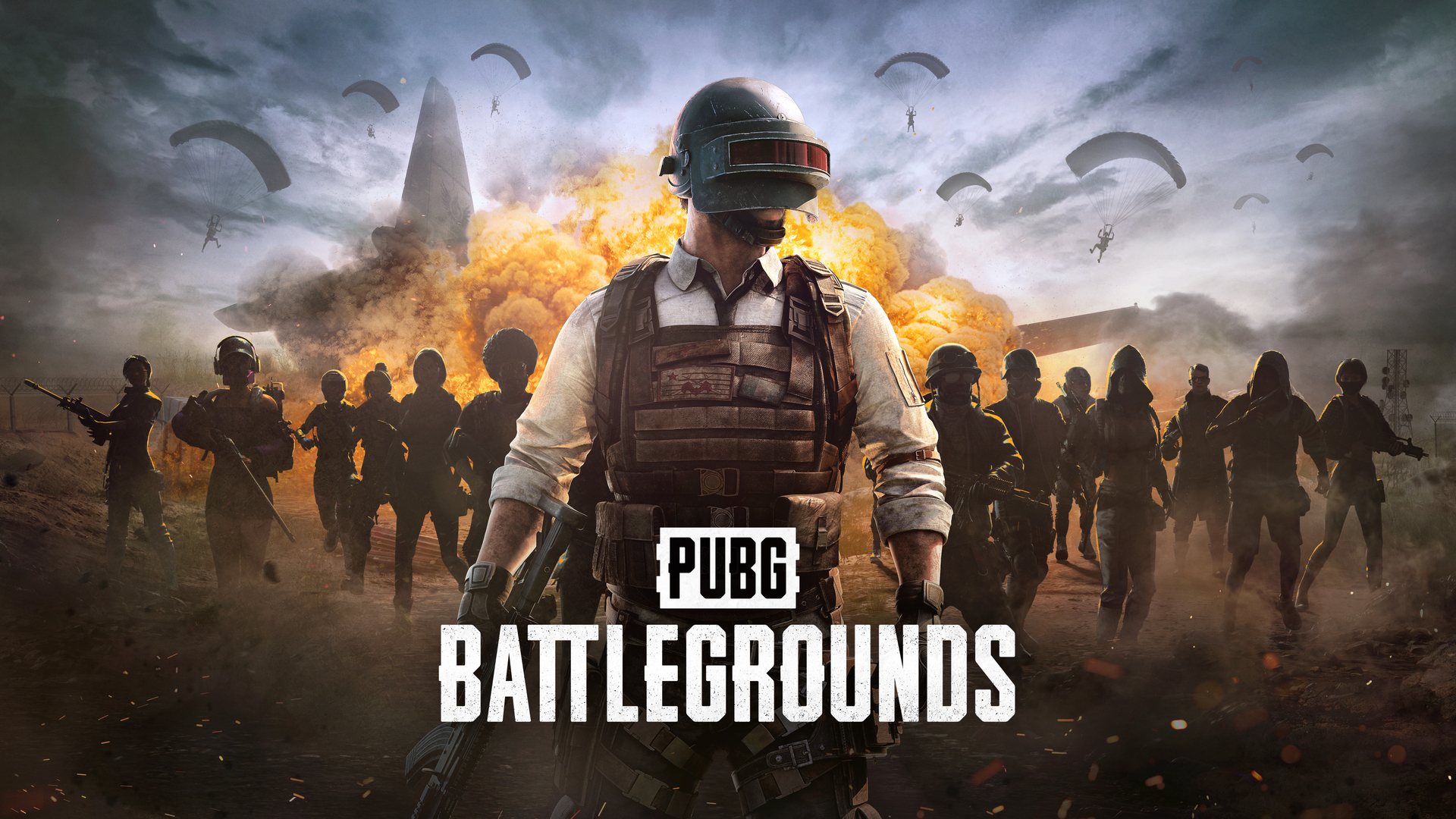PUBG
In this guide, we’ll walk you through configuring PUBG’s in-game audio settings for optimal Audio Radar performance. You'll learn step-by-step setup instructions, best practices for tracking enemies, and how to fine-tune Audio Radar sensitivity to detect gunfire, footsteps, and vehicles more effectively.

Game-Specific Settings

Note: The steps and screenshots in this guide are based on PC settings, and console settings may vary slightly. While many of the recommendations apply across platforms, menu navigation and audio configuration options might differ on Xbox and PlayStation.
We are working to provide optimized settings for all systems in the future! Stay tuned for updates.
1. From the lobby, navigate to the ‘System Menu’.


2. Select ‘Settings’.

3. Within Settings, go to the ‘Audio’ tab.

4. Under ‘Sound’, disable the following settings to remove distractions:

4. Under ‘Sound’, disable the following settings to remove distractions:
- ‘Music’
- ‘UI’
- ‘HRTF’ (Head-Related Transfer Function, which can interfere with Audio Radar processing).

5. Navigate to the ‘Voice Chat’ tab.


6. Adjust voice chat settings based on your playstyle:
- Enable Voice Chat to detect enemy proximity chat on Audio Radar.
- Disable Voice Chat if you only want to detect in-game sounds like footsteps and gunfire.
- If chatting with teammates, their voices will also appear on Audio Radar.

Configure Audio Radar for PUBG

Fine-Tune Sensitivity for Long-Range Engagements
- PUBG’s large maps require mid-to-high Audio Radar sensitivity to capture distant gunfire while preventing false positives from your own movement.

Pro Tip: Adjust Sensitivity
Use the three-zone sensitivity dials (right side of the Command Center) to control front, side, and rear sound detection, helping to prioritize enemy movement and vehicle sounds.
Use the three-zone sensitivity dials (right side of the Command Center) to control front, side, and rear sound detection, helping to prioritize enemy movement and vehicle sounds.
- Increase sensitivity to detect distant gunfire & enemy movement across open terrain.
- Reduce sensitivity in close-range fights to focus on immediate threats without overwhelming the radar.
Testing & Best Practices
Load into a Public Training Match:
- Position yourself in areas where sound plays a key role (e.g., firing ranges, vehicle spawns, near other players) to test Audio Radar’s responsiveness.
Utilize PUBG’s In-Game Sound Lab:
- The Sound Lab (found in the top left corner of the training map) allows you to test sound accuracy with Audio Radar.
- Check out our study on PUBG Sound Lab results: PUBG Audio Radar Testing: Quick Results Analysis
Iterate on Settings:
- Make incremental sensitivity adjustments based on in-game experiences.
- Identify if certain sounds are too dominant and fine-tune accordingly.
 Prevent Discord from Interfering with Audio Radar
Prevent Discord from Interfering with Audio RadarTo prevent Discord voice chat from triggering Audio Radar, follow this guide: How to Filter Voice Chat & Music for Audio Radar
Related Articles
Rust
In this article, we'll guide you through optimizing the in-game settings of Rust for use with Audio Radar. We'll cover the preferred audio settings, step-by-step instructions for configuring Audio Radar, and tips for testing and optimizing your ...XDefiant
In this guide, we’ll walk you through configuring XDefiant’s in-game audio settings for optimal Audio Radar performance. You'll learn step-by-step setup instructions, best practices for tracking enemies, and sensitivity adjustments to enhance your ...Valorant
In this guide, we’ll walk you through configuring Valorant’s in-game audio settings for optimal Audio Radar performance. You'll learn step-by-step setup instructions, best practices for detecting enemy movement, and sensitivity adjustments to improve ...Minecraft Java
In this guide, we’ll walk you through configuring Minecraft Java’s in-game audio settings for optimal Audio Radar performance. You'll learn step-by-step setup instructions, best practices for detecting in-game sounds, and how to enhance awareness ...Minecraft Bedrock
In this guide, we’ll walk you through configuring Minecraft Bedrock’s in-game audio settings for optimal Audio Radar performance. You'll learn step-by-step setup instructions, best practices for detecting in-game sounds, and sensitivity adjustments ...